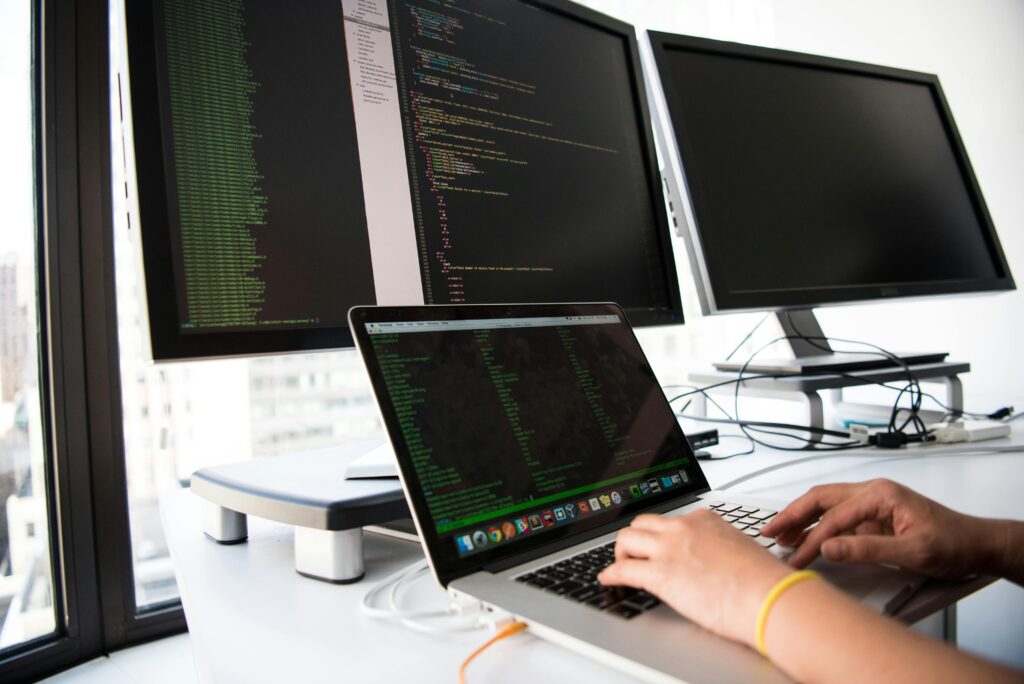In the ever-evolving landscape of education, technology has emerged as a transformative force, fundamentally reshaping classrooms around the globe. The EdTech revolution is not merely about integrating new tools but about reimagining how learning takes place, bridging gaps, and creating opportunities for students of all backgrounds. This blog delves into the multifaceted impact of educational technology, highlighting how it is revolutionizing classrooms and what the future might hold.
The Evolution of EdTech
The journey of educational technology began with simple tools like chalkboards and projectors. However, the advent of digital technology has accelerated this evolution. Today, classrooms are equipped with a range of technological advancements, including interactive whiteboards, virtual reality (VR), artificial intelligence (AI), and cloud-based platforms. This shift is not just about adopting new gadgets; it’s about creating a more dynamic, engaging, and personalized learning experience.
Enhancing Engagement Through Interactive Learning
One of the most significant impacts of EdTech is the enhancement of student engagement. Traditional methods often struggle to capture the attention of the modern learner, who is accustomed to interactive and multimedia-rich environments. Technologies such as interactive whiteboards and digital tablets enable educators to present information in a more engaging manner. By incorporating multimedia elements such as videos, animations, and interactive simulations, teachers can make complex concepts more accessible and stimulating.
For example, interactive simulations in subjects like science and mathematics allow students to visualize abstract concepts. Platforms like PhET Interactive Simulations provide virtual experiments that enhance understanding and retention. This hands-on approach helps students grasp difficult topics more effectively than passive learning methods.
Personalizing Education with AI and Data Analytics
Artificial Intelligence (AI) and data analytics are at the forefront of the EdTech revolution, offering unprecedented opportunities for personalized learning. AI-driven platforms can analyze students’ performance data, identify learning gaps, and tailor educational content to meet individual needs. This personalized approach ensures that students receive the support they require to succeed, regardless of their starting point.
For instance, platforms like DreamBox and Knewton use adaptive learning technologies to adjust the difficulty of exercises based on a student’s performance. This ensures that each student is challenged appropriately and receives immediate feedback, which is crucial for effective learning.
Expanding Access Through Online Learning Platforms
The rise of online learning platforms has democratized education, making it accessible to students worldwide. Platforms such as Coursera, Khan Academy, and edX offer a vast array of courses from top universities and institutions, often for free or at a low cost. This has opened up opportunities for learners in remote or underserved areas, bridging the educational divide and providing access to high-quality resources.
Online learning platforms also facilitate lifelong learning and professional development. With the ability to access courses on-demand, individuals can acquire new skills and knowledge at their own pace, adapting their learning journey to their personal and professional needs.
The Role of Virtual and Augmented Reality
Virtual Reality (VR) and Augmented Reality (AR) are revolutionizing the way students interact with content. VR can immerse students in environments that are otherwise inaccessible, such as historical events or distant planets. AR, on the other hand, enhances the real-world environment by overlaying digital information, creating interactive and contextual learning experiences.
For example, VR platforms like Google Expeditions allow students to take virtual field trips to places like the Louvre or the Great Wall of China, providing experiential learning opportunities that traditional textbooks cannot match. AR applications like Merge Cube enable students to explore 3D models of anatomical structures, historical artifacts, or geographical formations, enriching their understanding through interactive visualizations.
Challenges and Considerations
While the benefits of EdTech are substantial, there are challenges that need addressing. Issues such as digital equity, privacy concerns, and the need for teacher training must be carefully managed to ensure that technology enhances rather than hinders the learning experience. It is crucial to provide adequate support and resources to educators to effectively integrate technology into their teaching practices.
Looking Ahead: The Future of EdTech
The future of EdTech promises even more innovations and possibilities. Emerging technologies like blockchain could offer secure and transparent credentialing systems, while advancements in AI may lead to more sophisticated learning assistants and automated grading systems. The continued development of immersive technologies like VR and AR will likely further enhance experiential learning.
In conclusion, the EdTech revolution is reshaping classrooms globally, driving engagement, personalization, and accessibility. As technology continues to advance, it holds the potential to further transform education, making learning more dynamic and inclusive. The key will be to harness these innovations thoughtfully and equitably, ensuring that all students benefit from the opportunities that technology can offer.










